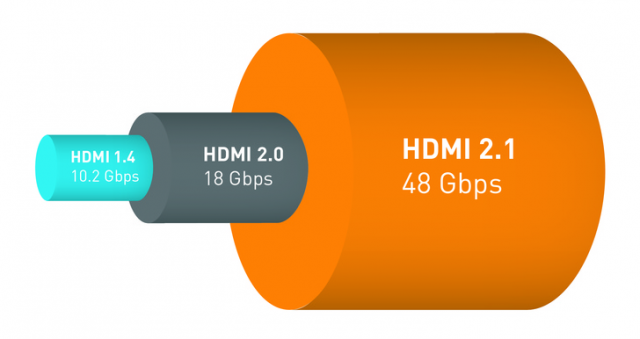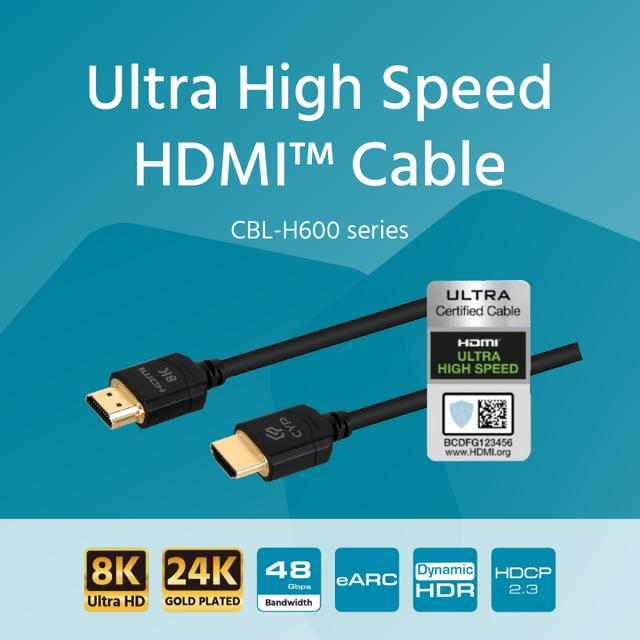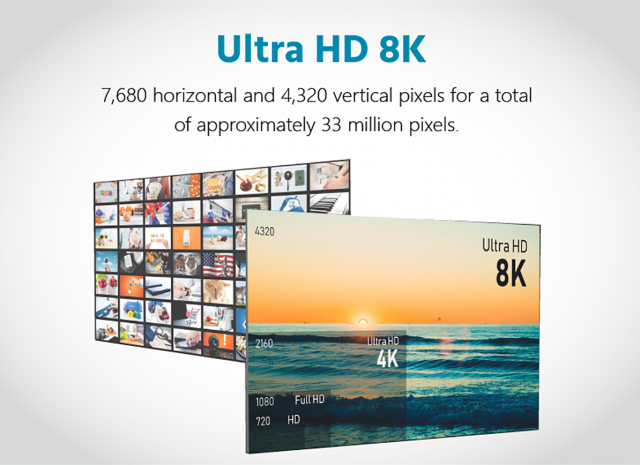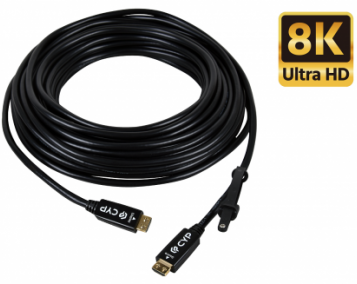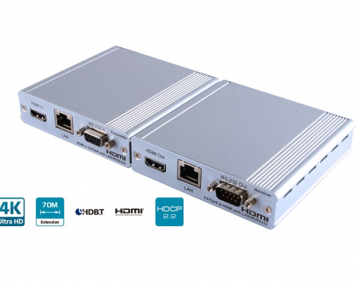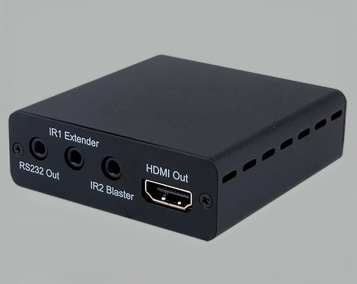 Rom
Rom
- Home Appliances, Tools and Household Goods
- Consumer Goods & Electronics
- Products & Solutions for Enterprises
- Toys & Goods for Kids
- Toți furnizorii
- Home Appliances, Tools and Household Goods
- Consumer Goods & Electronics
- Products & Solutions for Enterprises
- Toys & Goods for Kids
- Cookware
- Food storage containers
- Containers for spices and liquids_
- Drinkware
- Bottles for water
- Bakeware
- Посуда для сервировки стола
- Table setting accessories
- Vases_
- Knives_
- Cooking utensils
- Peelers, non-standard knives and manual hammers_
- Spoons, spatulas_
- Sieves and colanders_
- Kitchen scissors_
- Graters and manual food processors_
- Ladles_
- Cutlery
- Gaming products
- Gaming PCs and hardware
- Processors for gaming
- Game consoles and accessories
- Gaming peripherals and accessories
- Glasses for computer
- Computer peripherals
- Computer components
- Media tablets
- Monitors
- Laptops & Accessories
- Software
- Accessories and options for computer and office electronics
- Cleaners
A Quality HDMI Cable Is Important!

The cable quality primarily depends on the production process manufacturability and on the materials from which the conductors and connectors are made. Maintaining current standards and protocols, data exchange speed must correspond to one or another HDMI specification. Packaging, color and shape of individual elements are secondary.
Cypress Technology products support all modern quality standards and are manufactured according to current specifications, because during HDMI cables production, only high-quality materials were used, considering to the strictest requirements for the final product.
Cypress Technology’s years of experience and reputation in the professional AV market ensure the best result.
Modern HDMI Cables Specifications
- HDMI High Speed (HDMI v1.4): data transfer rate is from 8.16 Gbit/s, the maximum resolution is 4K with a frequency of 30 Hz, 3D content in Full HD support.
- HDMI Premium High Speed (HDMI v2.0): the data transfer rate is 18 Gbit/s, the maximum resolution is 4K with a frequency of 60 Hz, HDR content support.
- HDMI Ultra High Speed (HDMI v2.1): the data transfer rate is 48 Gbit/s, maximum resolution is 8K with a frequency of 60 Hz.
Currently, HDMI 2.1 is the most modern standard and more and more devices support it. Despite this, there is still quite a lot of equipment on the market that has an HDMI 1.4 interface, the capabilities of which are quite sufficient for the output of high-quality content. Backward compatibility is at the level of the weakest element in the system. If the devices and cables in the system are compliant with the HDMI 2.1 standard, then the data transfer between all the elements will be done according to it.
When at least one element of the system, such as a cable, only supports HDMI 1.4, all other elements will automatically switch to HDMI 1.4, even if each of them individually can handle HDMI 2.1. Data exchange between modern AV devices is carried out automatically according to defined protocols, that is why it is important to understand the equipment specifications when choosing an HDMI cable.
Length Matters!
The length of modern HDMI cables is also clearly defined: it is not about standards, but about the equipment’s ability to perceive a signal of the appropriate level, because modern high-definition and resolution signals are very sensitive to attenuation when transmitted over long distances.
Standard length limits for HDMI cables:
- HDMI 1.3/1.4, Full HD, 60 Hz – 10 m;
- HDMI 2.0, UHD, 4K, 60 Hz – 7 m;
- HDMI 2.1, 8K 30-60 Hz – 5 m.
Cypress Technology cares about its own reputation, so it manufactures HDMI cables of standard maximum lengths that are defined by the relevant specifications.
The production of HDMI cables of increased length is permissible, but sometimes unjustified, because it leads to stricter requirements for the conductors thickness and the product quality in general, which is mostly not economically beneficial.
In addition, copper and optical active HDMI cables with a length of 20, 50 and even 100 m are already quite often used, which provide data transmission over long distances without loss of quality.


